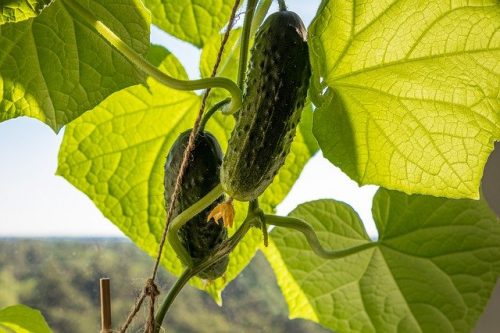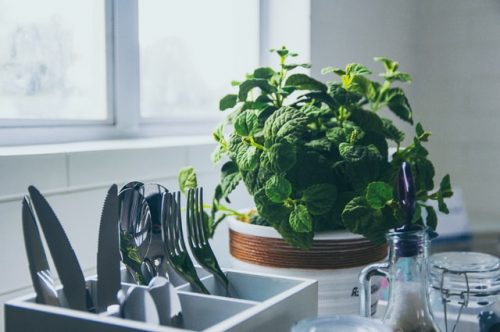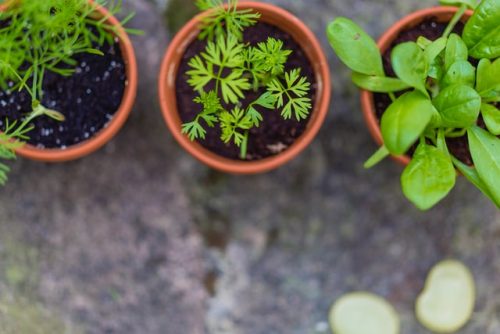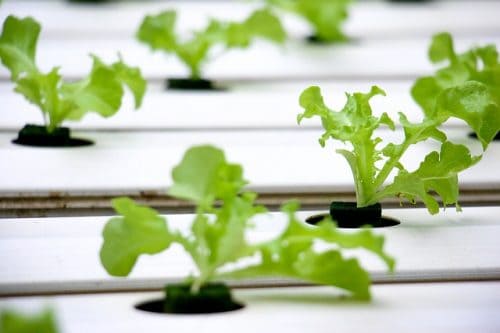The most popular backyard garden activity is the growing of cucumbers. There are two main types of cucumber:
- Vining: these are disease and pest resistant; they climb the trellis, and their fruits grow longitudinally.
- Bush form: they are suitable for small gardens and containers due to their compact nature.
The plant also has two basic fruits; slicing varieties and pickling varieties. The latter reaches its peak before the former. Cucumbers like warm, humid weather, full sunlight and well-drained, loose loam soil. As a vine crop, they require space but if you own a small garden, you will need to plant them with a trellis or near the fence. The fruit will be lifted off the floor and your garden will have a neater appearance. And within two months your cucumber should be matured, so get ready to grow some yummy cucumber with these tips.
How To Grown Cucumbers The Right Way
Tip #1 – Sow The Seeds Directly To The Ground
The cucumber plant thrives best when sown directly to the ground. You can begin planting indoors but you risk transplant shock. Planting outdoor is an excellent option as long as the frost has passed. When planting your cucumber, opt for a well-drained site and dig in some organic matter to give your crops a boost.
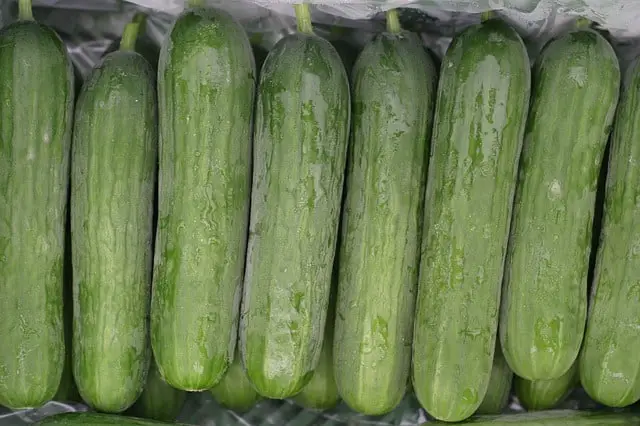
The seeds should be placed 1-1/2 inch into the soil.
Tip #2 – Choose a Suitable Variety
As mentioned earlier, there is the pickling and slicing cucumber. The former is usually rough and has a fresh flavour than the latter.
Tip #3 – Cucumbers Love The Full Sun
These crops thrive in full sun, they should not be cultivated in the shade, instead, you should plant them vertically and in the open to help them absorb the sun they need.
Tip #4 – Spacing is Important
Crowding your cucumber plants will not only promote disease occurrence, but it can cause stunted growth. Cucumbers need space because the vines sprawl all-around your area. Apart from preventing the worse spacing, it makes harvesting easier. If you are looking to save space or do not have a large garden, opt for bush varieties of cucumbers.
Grow your trellised plants eight to twelve inches apart. Hills with seedlings should be spaced 3 inches apart, with rows 4 feet apart. The bush varieties can be spaced 3 feet apart in all directions.
Tip #5 – Grow Your Crops Vertically
This is the easiest way to grow cucumbers: on fence or trellis. This saves you space, and they help support the growth of the cucumber thus aiding their access to sunlight.
Tip #6 – Harvest Quickly
Once your cucumber attains its size, harvest immediately. The more you harvest the more your plants will produce fruits. If you need many cucumbers, keep harvesting.
Tip #7 – Watch The Size
Pick your cucumbers when they reach mature size. The pickling varieties mature wholly around 3 to 4 inches while the slicing varieties are approximately 6 to 8 inches. If you allow your cucumbers to get too big, they will turn yellow and the taste will become mushy or bitter; this applies to all varieties.
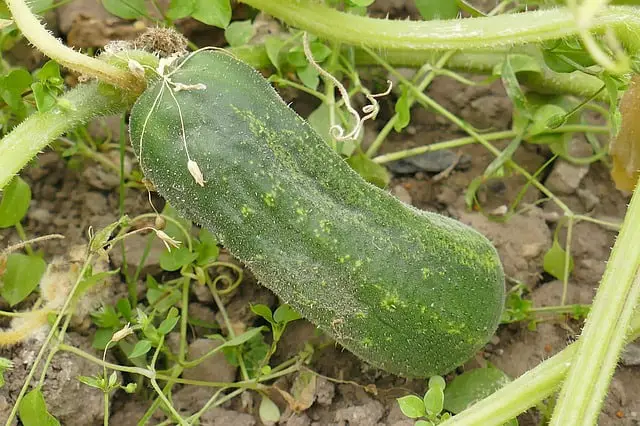
Tip #8 – Protect Your Plant From The Cucumber Beetle
The yellow striped beetle[1] is a big problem in cucumber farming. They can cause real damage to your plants and can transfer a disease called the bacterial wilt to your cucumbers. Taking precautions such as the use of natural insecticides, mulching, delayed planting and growing resistant varieties can help you fight this pest. Other methods of combating this beetle include:
- Covering young crops with a lightweight row cover until flowering occurs
- Using a repellent like the kaolin clay
- Crop rotation.
Tip #9 – Take Extra Care
Heat stress and uneven watering can also cause cucumber to taste bitter; it is imperative you water regularly and evenly. If a portion of your cucumber has this problem, cut it out and transfer to an area with even temperature and water effectively.
Tip #10 – Use Fertilisers
Organic matter should be added to the soil before planting. The cucumber plant is a heavy feeder, so make sure to feed the soil with aged manure or rich compost. Once the vines develop runners and the first flowers are visible, follow up side dressing with aged manure, compost or fertilizers. Ensure the soil is enriched with nitrogen to prevent yellowish leaves; use nitrogen fertilizers to achieve this.
Glossary
[1] Cucumber Beetle – Link

